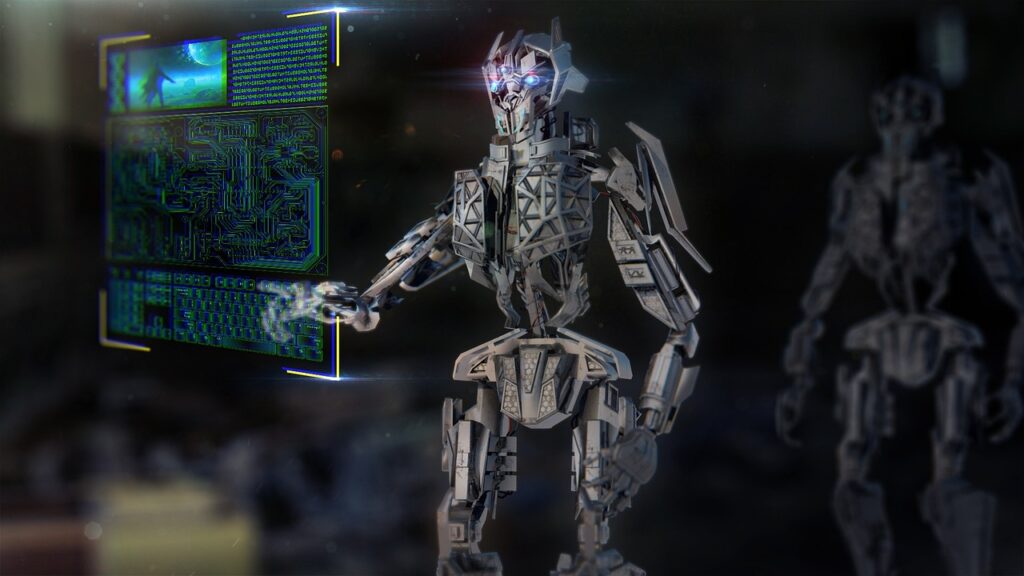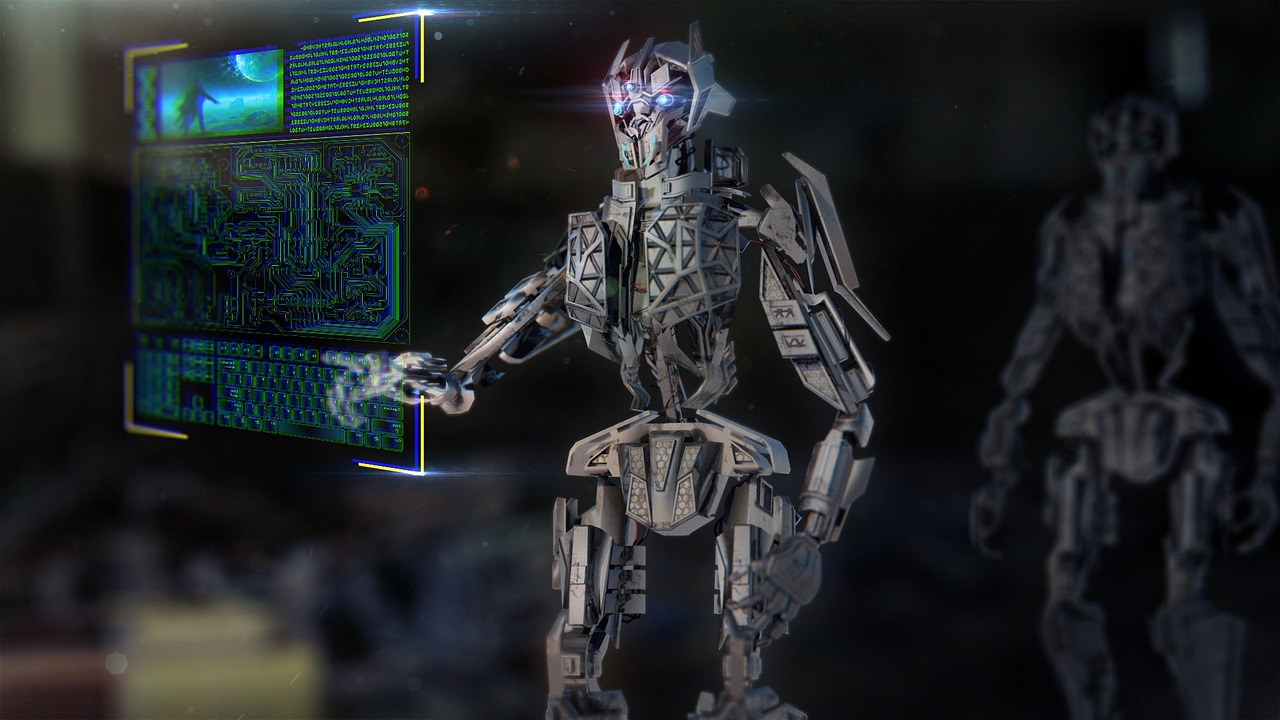In a world dominated by rapid advancements in AI and machine learning, the landscape of our digital existence is undergoing a seismic shift. As we marvel at the capabilities of these technologies, questions arise about the potential threats they pose to our identity, privacy, and even our creativity. Join us on this exploratory journey as we delve into the sinister side of AI, pondering the implications and raising some thought-provoking questions.

The Faceless Threat: AI-Generated Faces and Deepfakes
In the not-so-distant past, scammers could easily steal your profile picture and engage in fraudulent activities under your name. However, the advent of reverse image searching has made it more challenging for them. Yet, a new menace emerges with websites like “This Person Does Not Exist,” generating AI-generated faces that are virtually untraceable. The rise of deepfakes takes it a step further. It creates convincing videos that can manipulate not only faces but entire environments. The implications for identity theft and false accusations are both staggering and alarming.
Mimicking the Unmistakable: AI Voice Cloning and Deepfake Fraud
Advancements in technology are not limited to visual deception; our voices can now be stolen too. Technologies like Descript’s OverDub employ ultra-realistic voice cloning, leading to an increase in deepfake voice fraud. Imagine a scenario where scammers use cloned voices to deceive individuals, as evidenced by a case where a CEO was defrauded of a significant amount. The line between reality and deception blurs as AI continues to master the art of mimicking the unmistakable.
Beyond the Surface: DeepMasterPrints and Biometric Deception
Fingerprints, once considered a foolproof method of identification, now face a new challenge. Researchers have successfully created “DeepMasterPrints,” artificial fingerprints capable of deceiving biometric identification systems. Exploiting flaws in fingerprint sensors, these prints act as a master key, raising concerns about the vulnerability of our biometric data. As technology breaches even the most secure aspects of our identity. We find ourselves at the mercy of its evolving capabilities.
The Invasion of Creativity: AI in Art, Music, and Writing
Traditionally, human creativity has been deemed untouchable by machines. However, AI is shattering this belief. From AI-produced artwork selling for hundreds of thousands to algorithms composing music indistinguishable from human creations, our creative domains are no longer sacred. GPT-3, a cutting-edge deep learning model, can generate written content that rivals human expression. The implications of AI encroaching on our creative spaces raise profound questions about the future of artistry and expression.
FAQs
- Is ForestVPN effective against deepfake voice fraud? ForestVPN’s encryption protocols extend to voice communication, offering a robust defense against deepfake voice fraud. Your voice remains secure, ensuring protection against deceptive tactics.
- How does ForestVPN address biometric vulnerabilities? ForestVPN adds an extra layer of security to your biometric data by encrypting your online activities. This helps mitigate the risks associated with biometric vulnerabilities exploited by AI.
- Can ForestVPN protect against AI-generated propaganda and disinformation? ForestVPN plays a pivotal role in defending against AI-generated propaganda and disinformation by securing your online presence. Make it challenging for malicious entities to manipulate your digital footprint.


